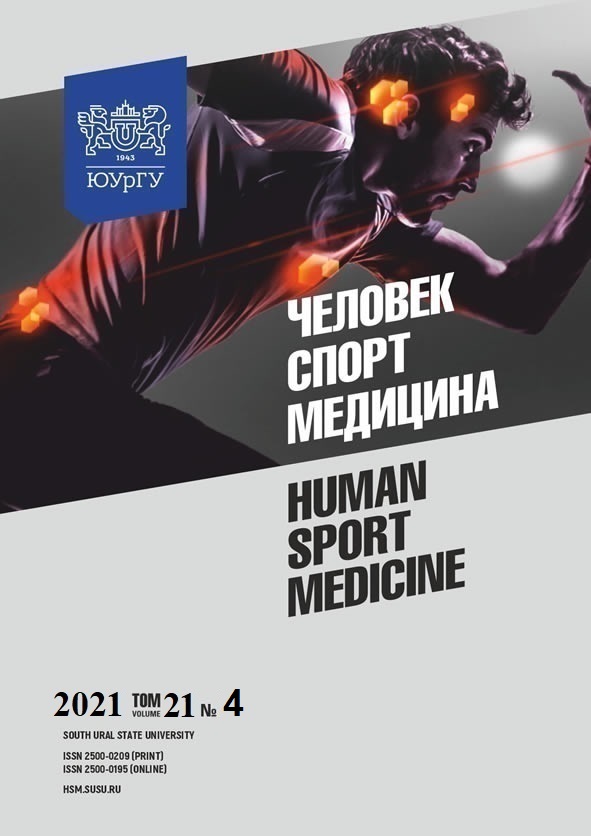REHABILITATION OF PERSONS WITH TRAUMATIC SPINAL CORD INJURY
Abstract
Aim. The paper aims to justify the use of a wheelchair skills program for improving the quality of social and daily life rehabilitation in patients with traumatic spinal cord injury. Materials and methods. The study involved 8 patients of the Preodolenie Rehabilitation Center aged between 32 and 45 years. The Wheelchair Skills Test (WST) was used to identify the level of wheelchair skills. The Barthel Scale was used to assess the functional status of patients. Statistical processing was performed using the Microsoft Excel Professional software package and variation statistics. The significance of differences between the survey results was assessed with the Student's t-test. Results. The results of the WST test showed that all patients had low wheelchair skills and satisfactory social and daily life skills. The rehabilitation program for patients with traumatic spinal cord injury assumes the use of a wheelchair that meets the standards of the Rehabilitation Engineering and Assistive Technology Society of North America, as well as the development of wheelchair skills. Wheelchair skills acquisition was carried out in three directions: forming the correct position of the body, improving balance skills and developing movement skills. Each lesson included 2–3 skills according to the WST protocol, which were similar in their performance. Thus, the protocol was divided into sections, where each section was associated with a separate activity. The rehabilitation course itself consisted of 10 lessons. After the course, the greatest (75.5%) increase was observed in general wheelchair movements and the smallest (11%) – in safety associated with wheelchair movements. There was a significant increase (18.9%, p < 0.01) in the ability to use a manual wheelchair and daily life skills (18.5%, p < 0.01). However, the problem of dependence remained unsolved. Conclusion. Our rehabilitation program can be recommended for further use in rehabilitation centers to form and improve social and daily life skills in patients with traumatic spinal cord injury.
References
References on translit
Copyright (c) 2022 Human. Sport. Medicine

This work is licensed under a Creative Commons Attribution-NonCommercial-NoDerivatives 4.0 International License.















